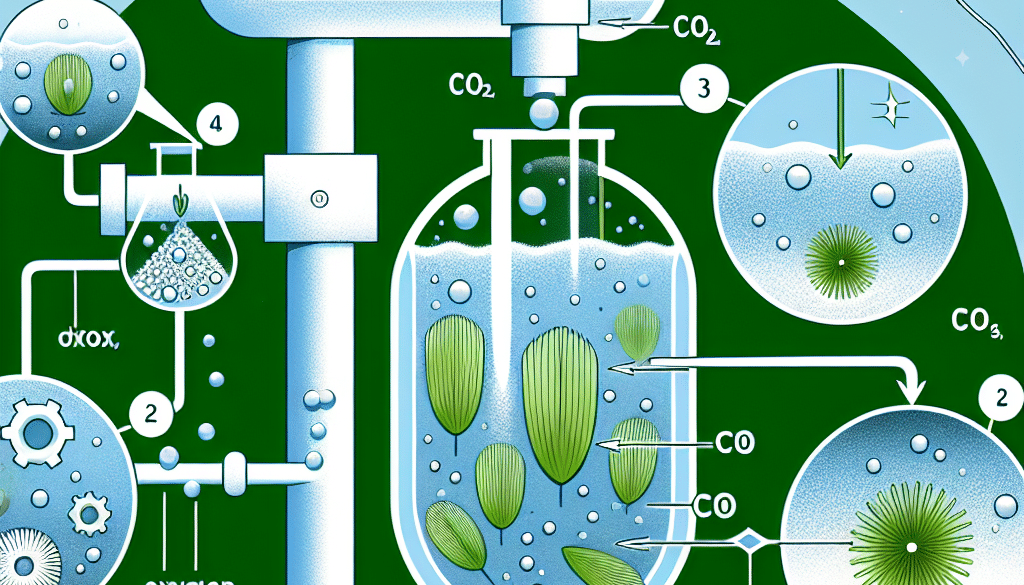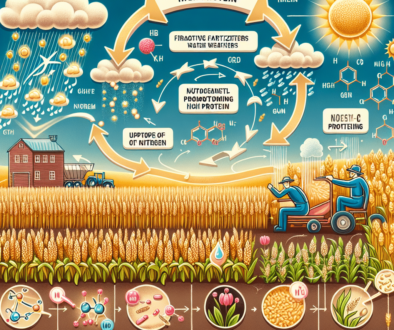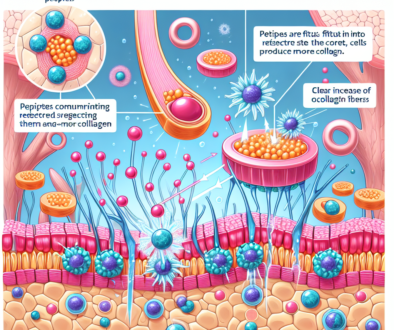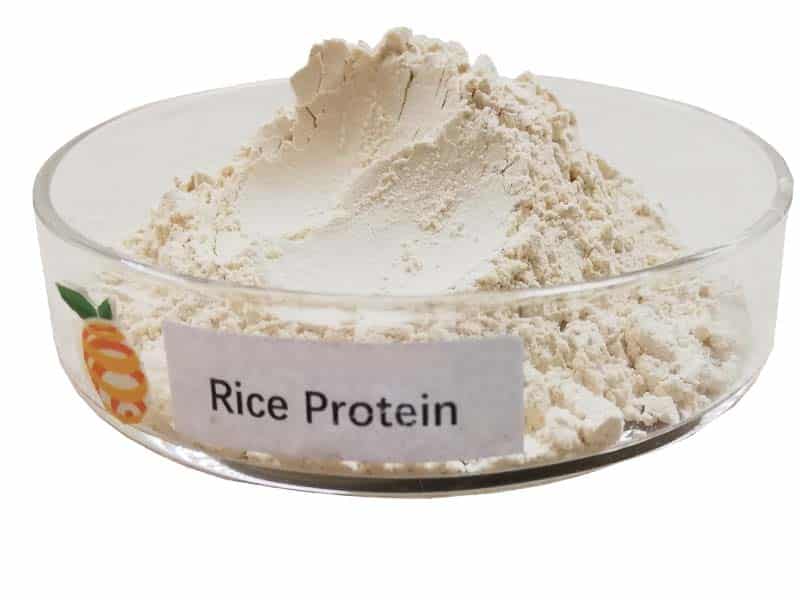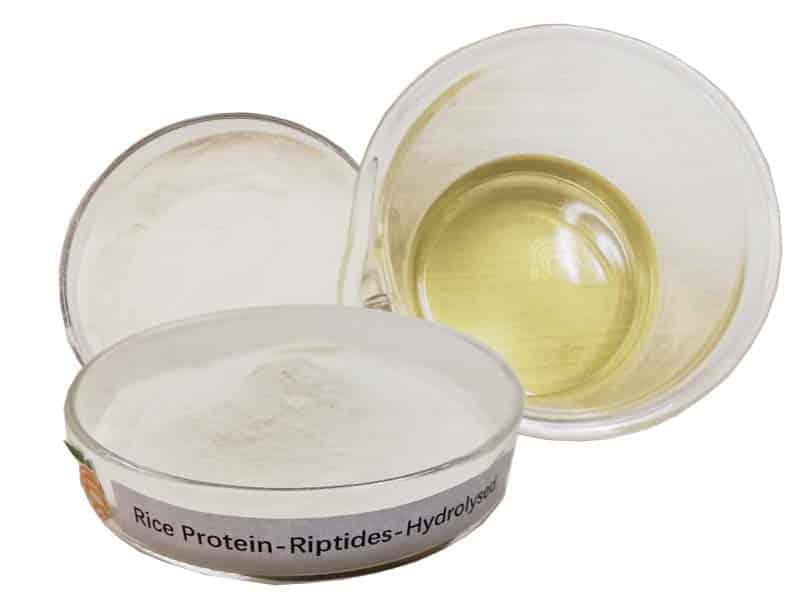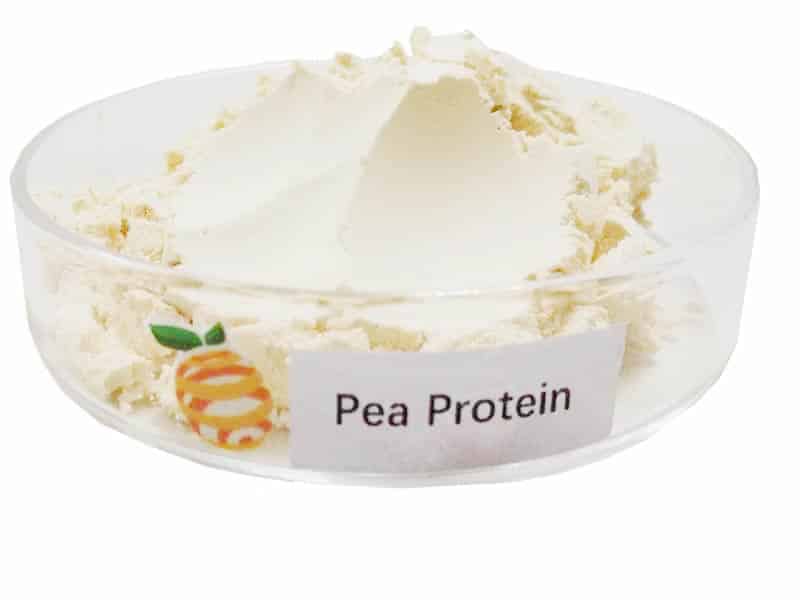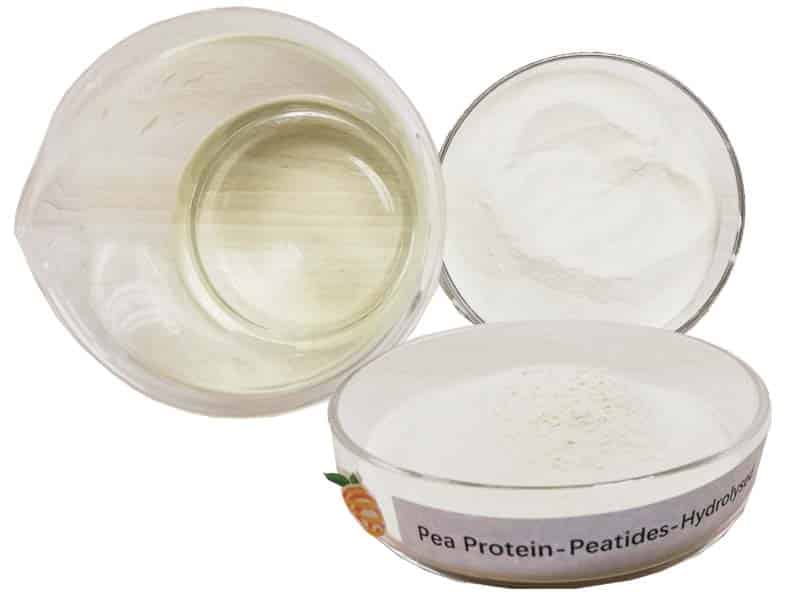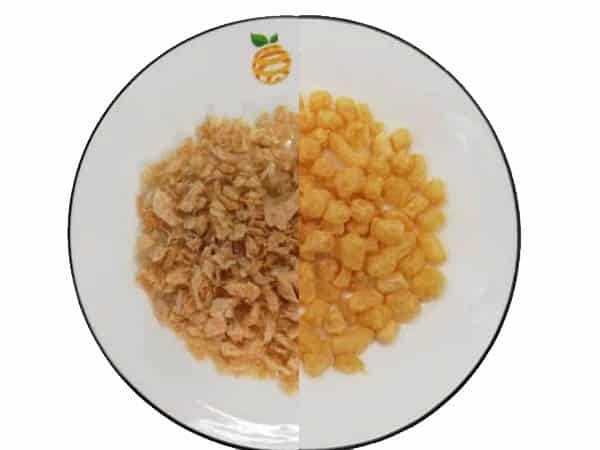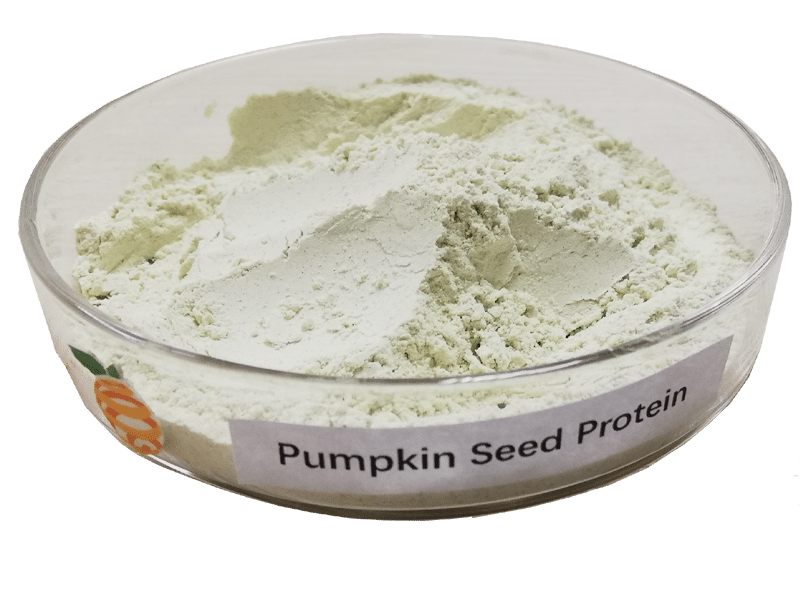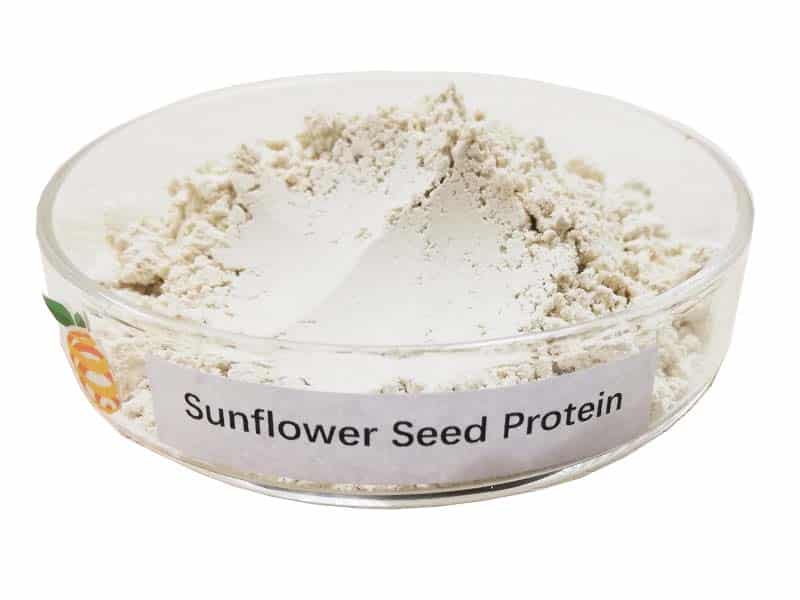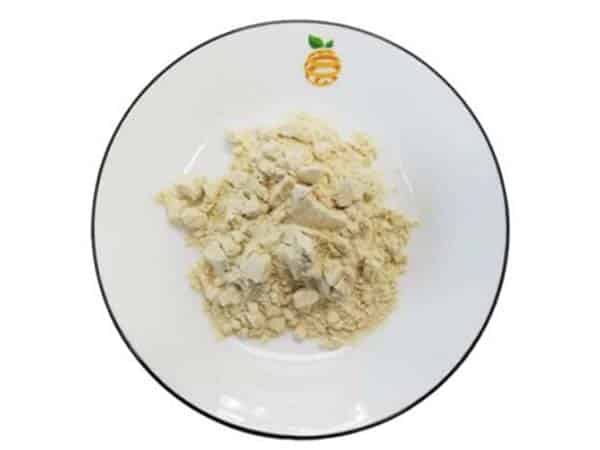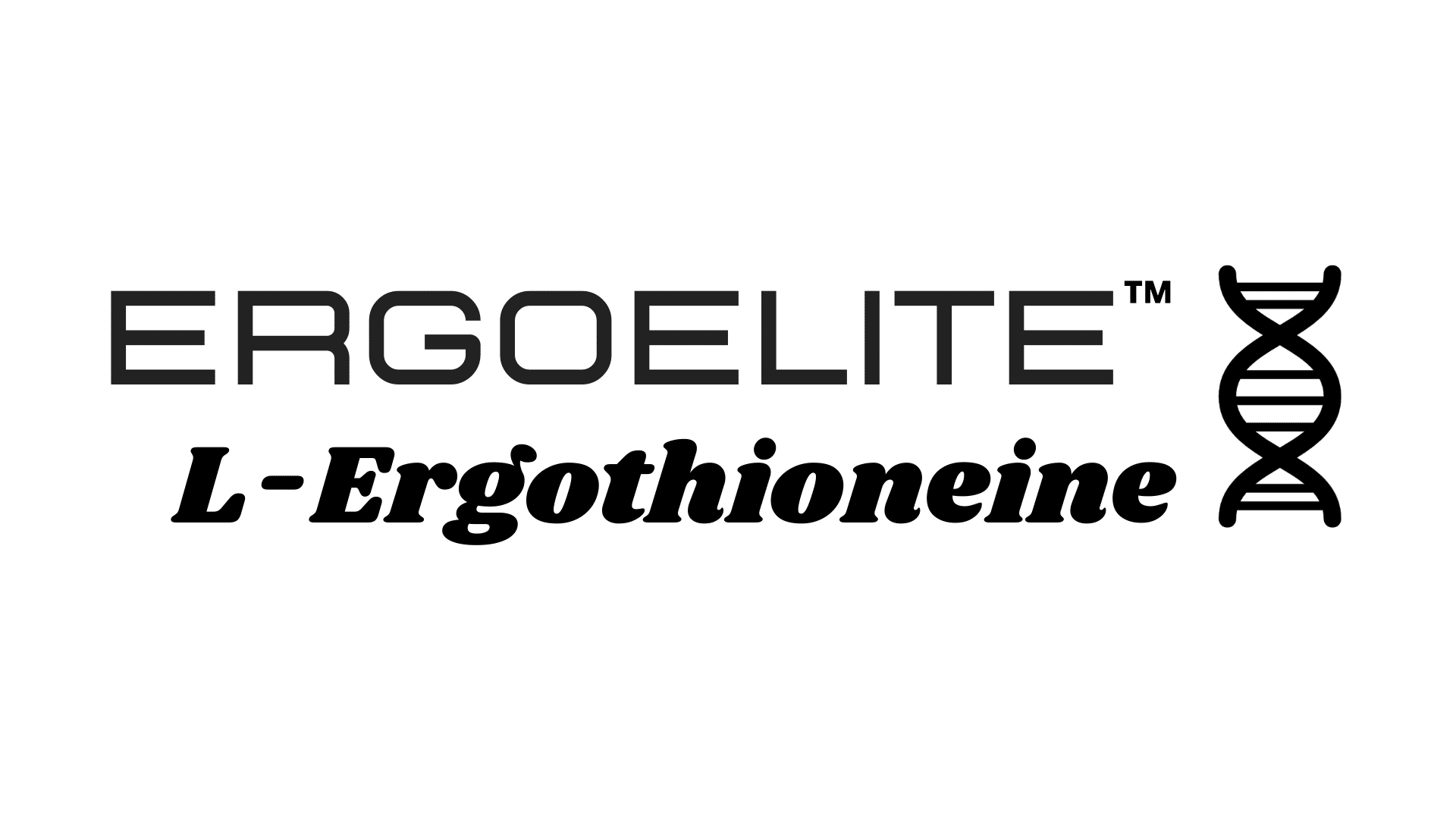What Does Growing Microalgae Remove?
-
Table of Contents
- Microalgae Cultivation: A Powerful Tool for Environmental Remediation
- The Role of Microalgae in Environmental Clean-up
- Carbon Dioxide Sequestration
- Nutrient Removal from Wastewater
- Heavy Metal Uptake
- Organic Pollutant Degradation
- Case Studies and Examples
- Challenges and Future Prospects
- Conclusion: The Green Potential of Microalgae
- Discover ETprotein’s Sustainable Protein Products
Microalgae Cultivation: A Powerful Tool for Environmental Remediation
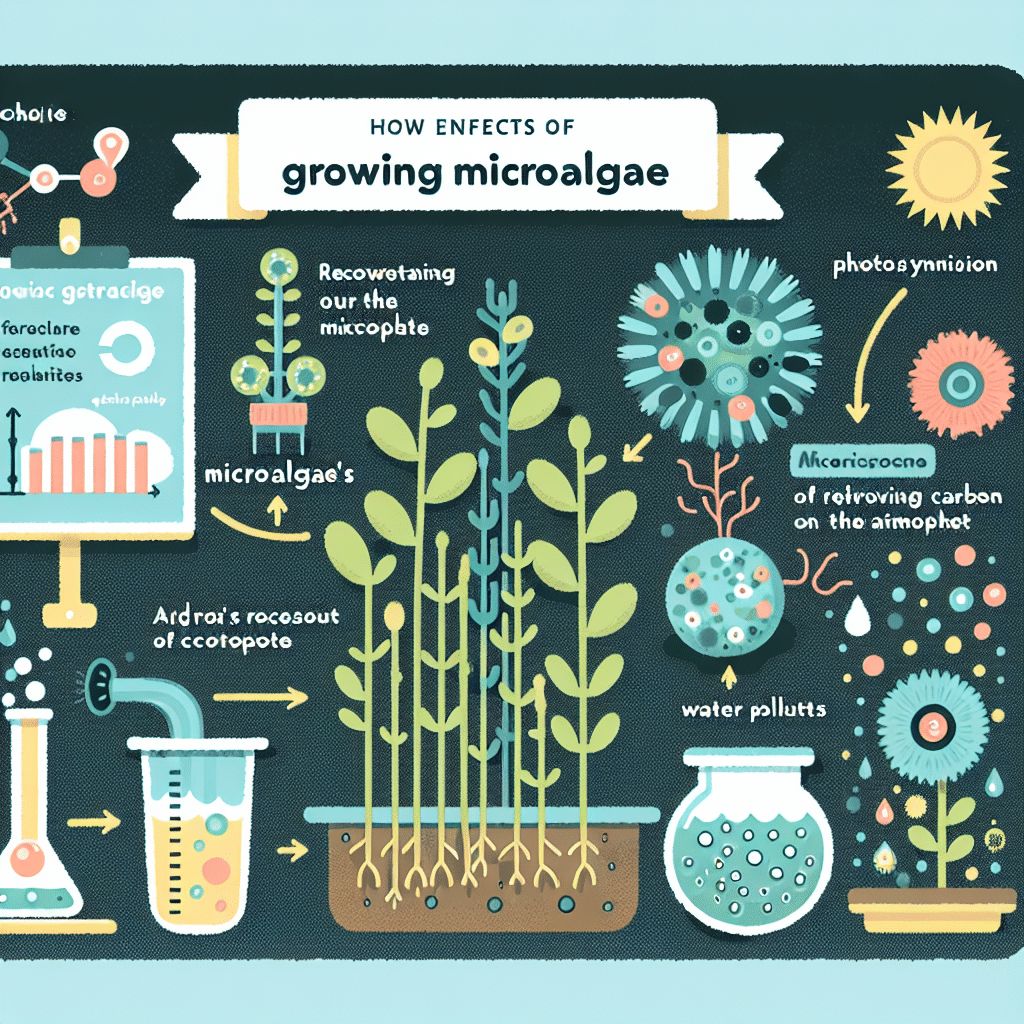
Microalgae, the tiny photosynthetic organisms found in both freshwater and marine systems, are not just the base of the aquatic food web—they are also powerful agents of environmental change. As the world grapples with the dual challenges of climate change and pollution, microalgae cultivation has emerged as a promising solution for removing harmful substances from the environment. This article explores the various pollutants that growing microalgae can mitigate, providing a glimpse into the potential of these microscopic powerhouses.
The Role of Microalgae in Environmental Clean-up
Microalgae are known for their rapid growth rates and their ability to thrive in a wide range of conditions. This makes them ideal candidates for bioremediation—the process of using living organisms to remove or neutralize pollutants from a contaminated area. When cultivated on a large scale, microalgae can significantly impact the quality of air, water, and soil.
Carbon Dioxide Sequestration
One of the most well-known benefits of microalgae cultivation is its capacity for carbon dioxide (CO2) sequestration. Through photosynthesis, microalgae absorb CO2 from the atmosphere or from industrial emissions, converting it into organic matter. This process not only reduces the concentration of CO2 in the air but also produces biomass that can be used for biofuels, animal feed, or other valuable products.
- Reduction of greenhouse gases
- Production of renewable energy sources
Nutrient Removal from Wastewater
Excess nutrients, particularly nitrogen and phosphorus, in wastewater can lead to eutrophication—a process that depletes oxygen in water bodies and leads to the death of aquatic life. Microalgae can assimilate these nutrients during their growth, effectively removing them from the water and preventing eutrophication.
- Prevention of algal blooms
- Recovery of nutrients for fertilizer use
Heavy Metal Uptake
Heavy metals such as lead, mercury, and cadmium are toxic pollutants that can accumulate in the environment and pose serious health risks. Microalgae have shown the ability to bioaccumulate heavy metals, thereby purifying water sources contaminated with these hazardous substances.
- Reduction of heavy metal toxicity in aquatic systems
- Potential for biorecovery of precious metals
Organic Pollutant Degradation
Organic pollutants, including pesticides, pharmaceuticals, and industrial chemicals, are persistent in the environment and can have detrimental effects on human health and ecosystems. Certain microalgae species can degrade these organic compounds, transforming them into less harmful substances or incorporating them into their biomass.
- Breakdown of complex organic molecules
- Minimization of environmental and health risks
Case Studies and Examples
Several case studies highlight the effectiveness of microalgae in removing pollutants. For instance, the use of microalgae in municipal wastewater treatment plants has demonstrated significant reductions in nitrogen and phosphorus levels. In another example, microalgae have been used to treat flue gases from power plants, capturing CO2 and reducing emissions.
Challenges and Future Prospects
While the potential of microalgae for environmental remediation is vast, there are challenges to overcome. These include optimizing growth conditions, developing cost-effective harvesting methods, and ensuring the sustainability of large-scale cultivation systems. Nevertheless, ongoing research and technological advancements are paving the way for more efficient and widespread use of microalgae in pollution control.
Conclusion: The Green Potential of Microalgae
In conclusion, microalgae cultivation offers a multifaceted approach to environmental remediation. By removing CO2, nutrients, heavy metals, and organic pollutants, microalgae can play a significant role in cleaning up our planet. As we continue to explore and refine the use of these microscopic organisms, the future looks promising for both environmental health and sustainable development.
Discover ETprotein’s Sustainable Protein Products
In line with the sustainable practices promoted by microalgae cultivation, ETprotein offers a range of eco-friendly protein products. Their organic bulk vegan proteins are not only environmentally conscious choices but also provide high-quality nutrition for various applications. Whether you’re looking for ingredients for sports nutrition, weight management, or general health and wellness, ETprotein has a solution that aligns with the principles of sustainability and environmental stewardship.
About ETprotein:
ETprotein, a reputable protein and L-(+)-Ergothioneine (EGT) Chinese factory manufacturer and supplier, is renowned for producing, stocking, exporting, and delivering the highest quality organic bulk vegan proteins and L-(+)-Ergothioneine. They include Organic rice protein, clear rice protein, pea protein, clear pea protein, watermelon seed protein, pumpkin seed protein, sunflower seed protein, mung bean protein, peanut protein, and L-(+)-Ergothioneine EGT Pharmaceutical grade, L-(+)-Ergothioneine EGT food grade, L-(+)-Ergothioneine EGT cosmetic grade, L-(+)-Ergothioneine EGT reference grade and L-(+)-Ergothioneine EGT standard. Their offerings, characterized by a neutral taste, non-GMO, allergen-free attributes, with L-(+)-Ergothioneine purity over 98%, 99%, cater to a diverse range of industries. They serve nutraceutical, pharmaceutical, cosmeceutical, veterinary, as well as food and beverage finished product distributors, traders, and manufacturers across Europe, USA, Canada, Australia, Thailand, Japan, Korea, Brazil, and Chile, among others.
ETprotein specialization includes exporting and delivering tailor-made protein powder and finished nutritional supplements. Their extensive product range covers sectors like Food and Beverage, Sports Nutrition, Weight Management, Dietary Supplements, Health and Wellness Products, and Infant Formula, ensuring comprehensive solutions to meet all your protein needs.
As a trusted company by leading global food and beverage brands and Fortune 500 companies, ETprotein reinforces China’s reputation in the global arena. For more information or to sample their products, please contact them and email sales(at)ETprotein.com today.

